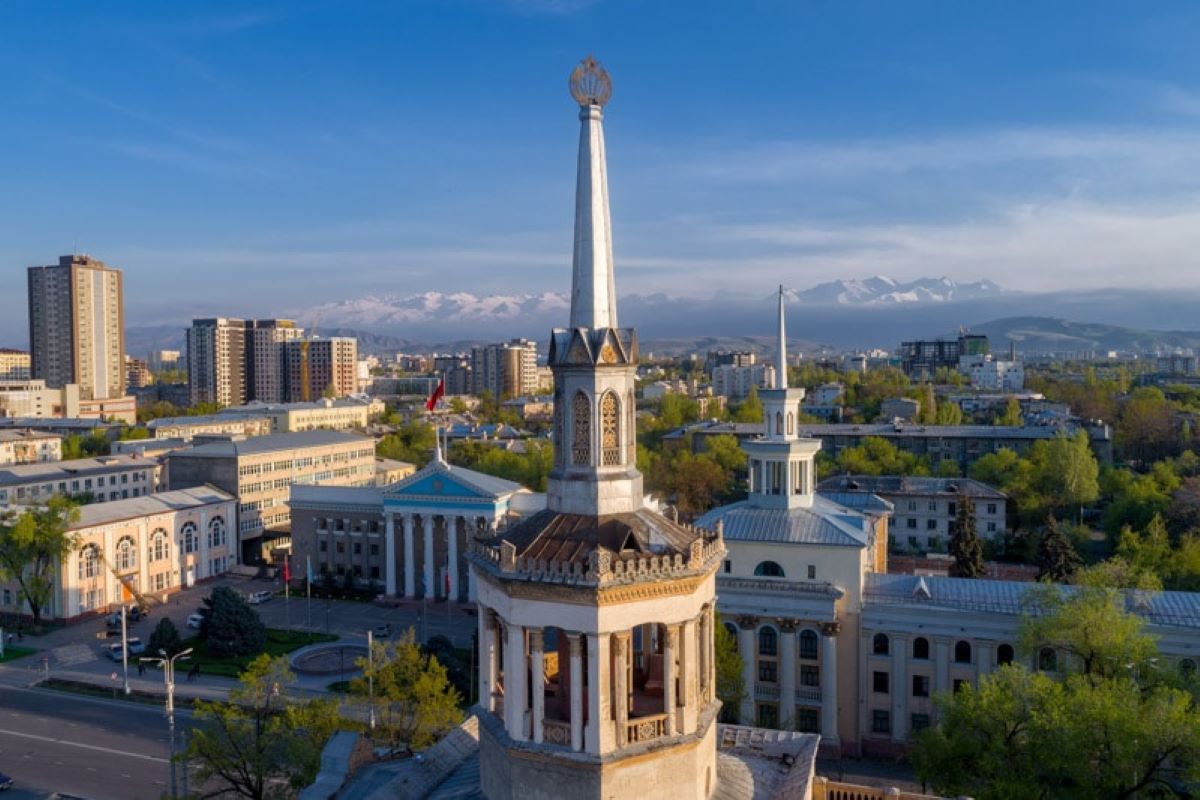Nestled in the heart of Central Asia, Kyrgyzstan is a landlocked country known for its stunning natural beauty, rich cultural heritage, and a deep sense of tradition. With a history that spans thousands of years, Kyrgyzstan has been a crossroads for various civilizations and cultures, particularly during the era of the Silk Road. This blend of influences has created a unique cultural tapestry that is reflected in the country’s art, music, and daily life. Today, Kyrgyzstan stands as a proud and independent nation, preserving its ancient customs while embracing modernity.
Table of Contents
Geography
Kyrgyzstan covers an area of 199,951 square kilometers and is located in the heart of Central Asia. The country is bordered by Kazakhstan to the north, Uzbekistan to the west, Tajikistan to the south, and China to the east. Its landscape is dominated by the majestic Tien Shan mountains, which offer breathtaking vistas and a haven for outdoor enthusiasts. The country’s geography is a diverse mix of towering peaks, vast valleys, and clear lakes, making it a true gem of Central Asia.
States Of Kyrgyzstan
Kyrgyzstan is divided into seven administrative regions, known as oblasts, and one city with special status, which is Bishkek, the capital. The seven oblasts are:
- Batken
- Jalal-Abad
- Naryn
- Osh
- Talas
- Issyk-Kul
- Chuy
Each region has its own unique landscapes, cultural heritage, and local traditions, contributing to the rich diversity of Kyrgyzstan.
History and Culture
Kyrgyzstan’s history is a rich tapestry woven from its ancient nomadic culture and its strategic location on the Silk Road. The Kyrgyz people have a long tradition of nomadism, which is evident in their lifestyle, customs, and traditions. Yurts, traditional portable dwellings, are still used today, symbolizing the Kyrgyz connection to their nomadic roots. The Silk Road brought traders, travelers, and invaders, each leaving their mark on Kyrgyzstan’s culture. This history is celebrated in the country’s music, dance, and festivals, which showcase a blend of Turkic, Persian, and Russian influences.
Economy
Kyrgyzstan’s economy is primarily based on agriculture, mining, and services. Agriculture remains a significant part of the economy, with livestock farming and the cultivation of crops such as wheat, barley, and potatoes being predominant. The mining sector is also crucial, with the country rich in natural resources like gold, coal, and uranium. Additionally, the tourism industry is growing, attracting visitors to Kyrgyzstan’s stunning landscapes and cultural heritage sites. Despite these resources, Kyrgyzstan faces economic challenges, including poverty and unemployment, which the government is working to address through various reforms and international cooperation.
Top Ten Must-Visit Destinations in Kyrgyzstan
Kyrgyzstan, with its stunning landscapes and rich cultural heritage, offers numerous breathtaking destinations for travelers. From majestic mountains and pristine lakes to vibrant cities and historic sites, the country is a paradise for adventurers and culture enthusiasts alike. Here are the top ten must-visit destinations in Kyrgyzstan.
Issyk-Kul Lake
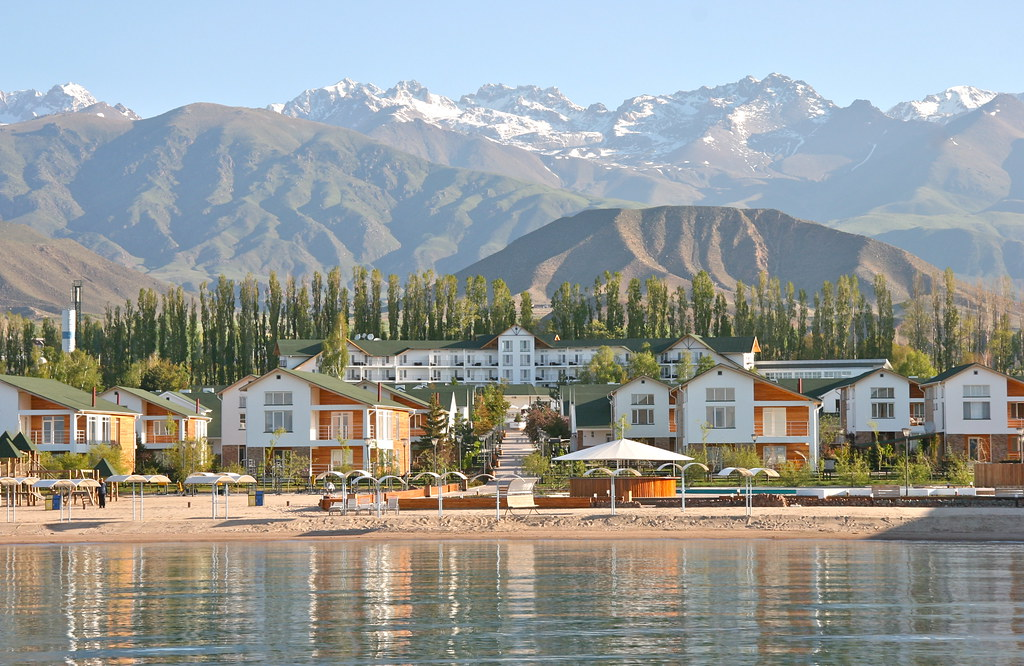
Issyk-Kul Lake, the second-largest saline lake in the world, is a breathtaking destination surrounded by the towering peaks of the Tien Shan mountains. Its crystal-clear waters and stunning beaches make it a popular spot for swimming, boating, and relaxation. The lake’s surroundings also offer excellent opportunities for hiking and exploring the local flora and fauna.
Ala Archa National Park

Ala Archa National Park, located just a short drive from Bishkek, is a stunning natural reserve known for its dramatic gorges, alpine meadows, and snow-capped peaks. It’s a haven for hikers and climbers, offering various trails that range from easy walks to challenging treks leading to the top of glaciers.
Song-Kul Lake

Song-Kul Lake is a high alpine lake situated at an altitude of over 3,000 meters. This remote and serene destination is surrounded by lush pastures where nomadic herders graze their livestock. Visitors can stay in traditional yurts, experience the nomadic lifestyle, and enjoy horseback riding, hiking, and the breathtaking views of the lake and surrounding mountains.
Bishkek

Bishkek, the capital and largest city of Kyrgyzstan, serves as the cultural and economic hub of the country. The city boasts wide boulevards, Soviet-era architecture, bustling markets, and vibrant nightlife. Key attractions include Ala-Too Square, the State Historical Museum, and the Osh Bazaar, where visitors can immerse themselves in the local culture and cuisine.
Karakol
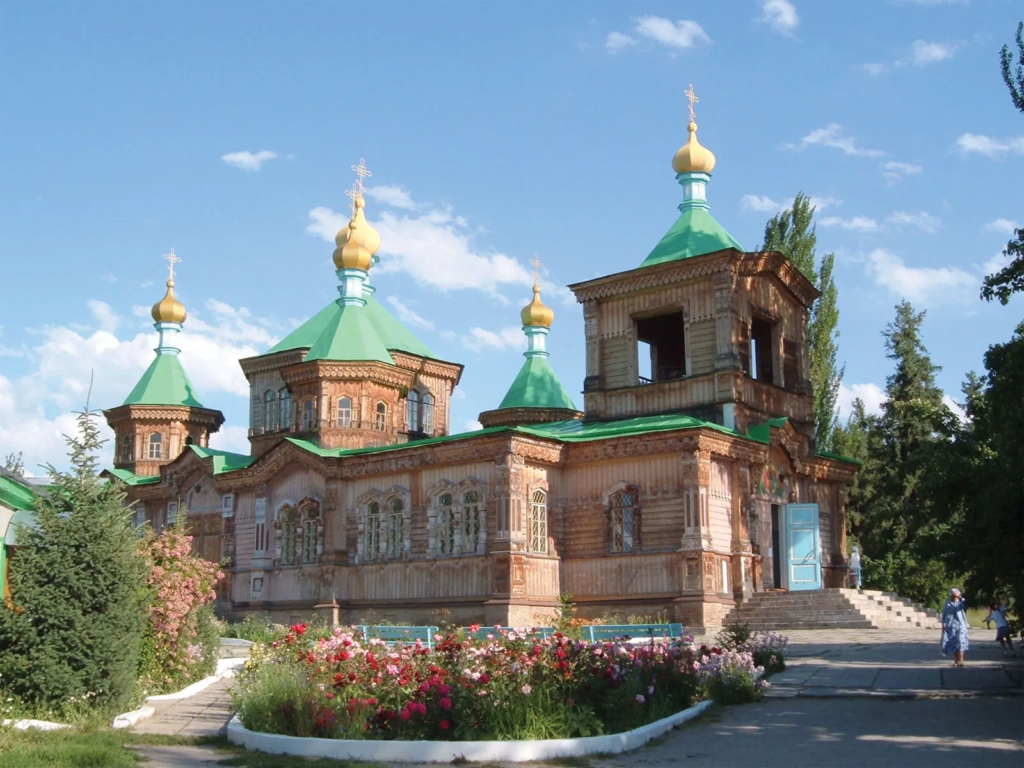
Karakol, located near the eastern tip of Issyk-Kul Lake, is a charming town known for its unique blend of cultures and stunning natural beauty. The town is a gateway to the Terskey Alatau mountains, making it a popular base for trekking and skiing. Notable sites include the Dungan Mosque, Russian Orthodox Holy Trinity Cathedral, and the Karakol Historical Museum.
Tash Rabat
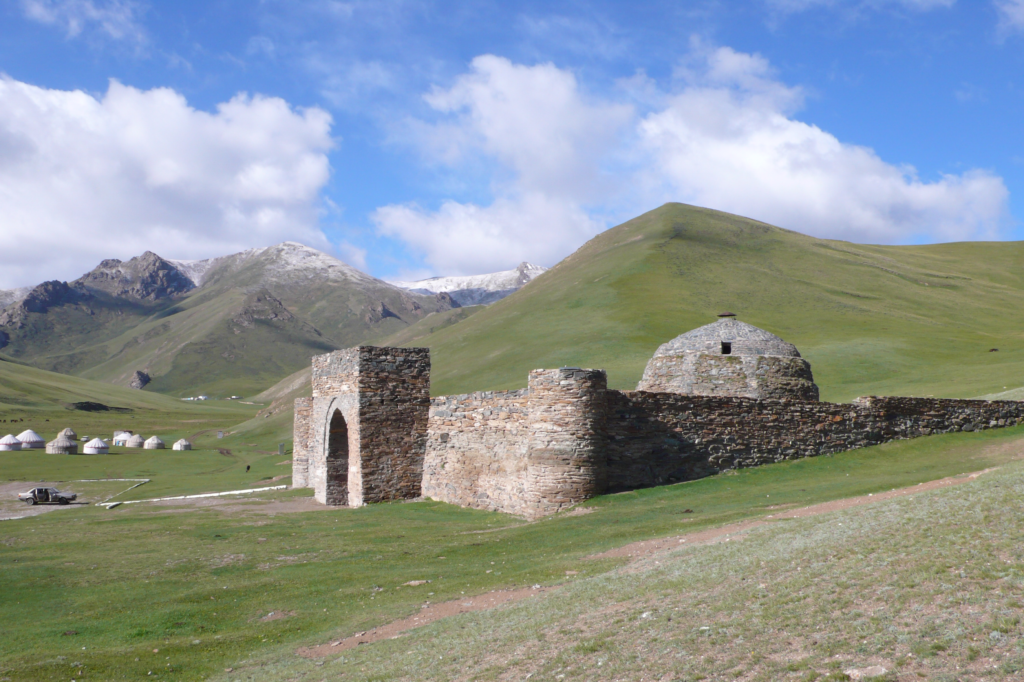
Tash Rabat is an ancient caravanserai nestled in the mountains of the Naryn region. This historical stone structure, dating back to the 15th century, served as a rest stop for Silk Road travelers. Today, it offers a fascinating glimpse into Kyrgyzstan’s past and is surrounded by stunning landscapes ideal for hiking and horse trekking.
Osh
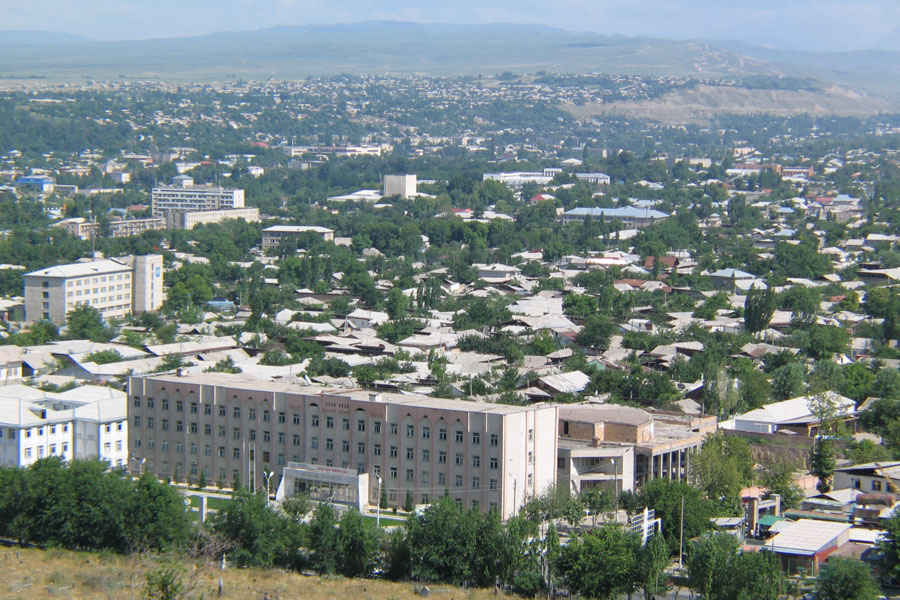
Osh, the second-largest city in Kyrgyzstan, is one of the oldest settlements in Central Asia. It is known for its vibrant bazaars, historical sites, and diverse cultural heritage. A key attraction is the sacred Sulayman Mountain, a UNESCO World Heritage site, which offers panoramic views of the city and houses ancient petroglyphs and mosques.
Jeti-Oguz
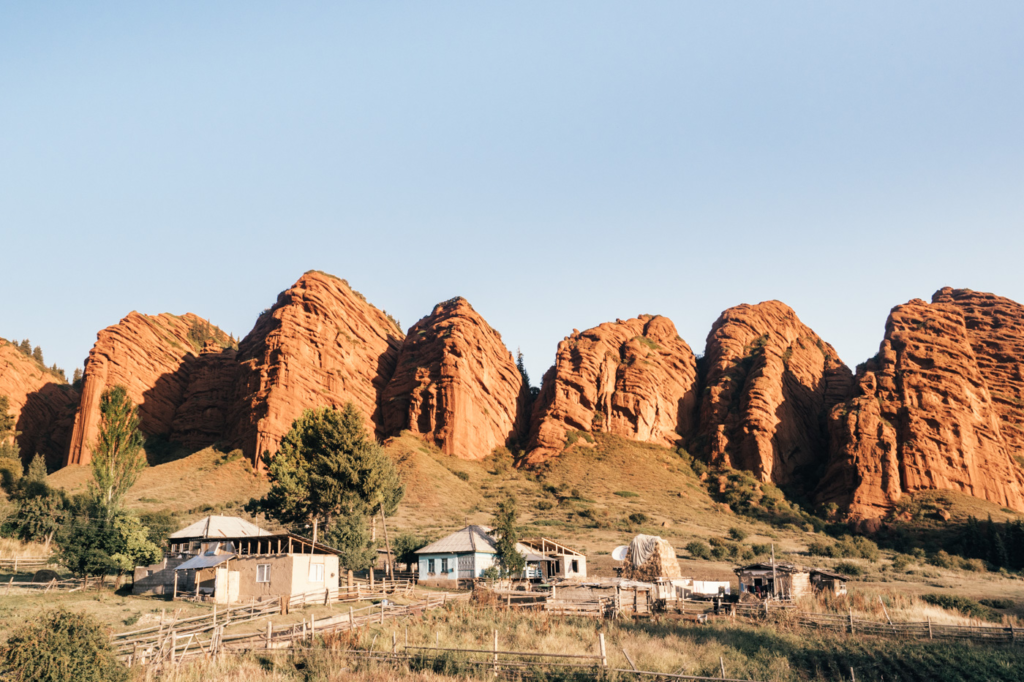
Jeti-Oguz, meaning “Seven Bulls,” is a picturesque valley located near Karakol. It is famous for its striking red sandstone rock formations and lush green meadows. The valley is an excellent destination for hiking, horseback riding, and enjoying the natural beauty of Kyrgyzstan’s landscapes. The Jeti-Oguz resort offers visitors a chance to relax in hot springs and experience local hospitality.
Sary-Chelek Biosphere Reserve
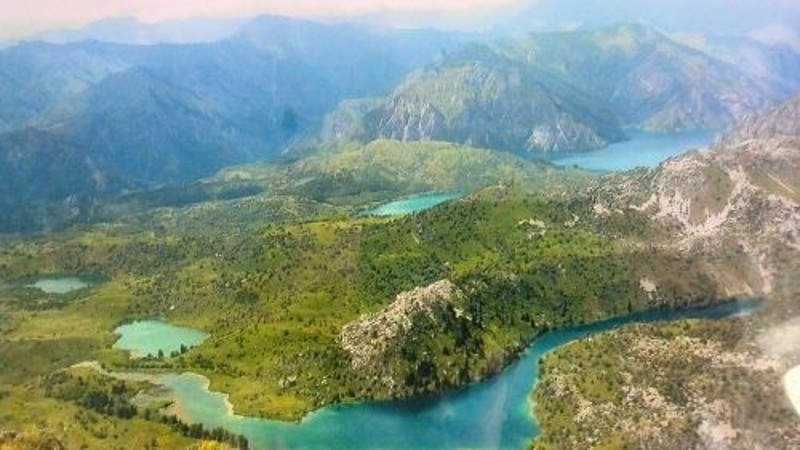
Sary-Chelek Biosphere Reserve is a UNESCO-designated reserve known for its stunning biodiversity and pristine natural beauty. The reserve is home to the picturesque Sary-Chelek Lake, surrounded by dense forests, alpine meadows, and rugged mountains. It is a perfect destination for ecotourism, offering opportunities for hiking, bird-watching, and exploring untouched nature.
Arslanbob
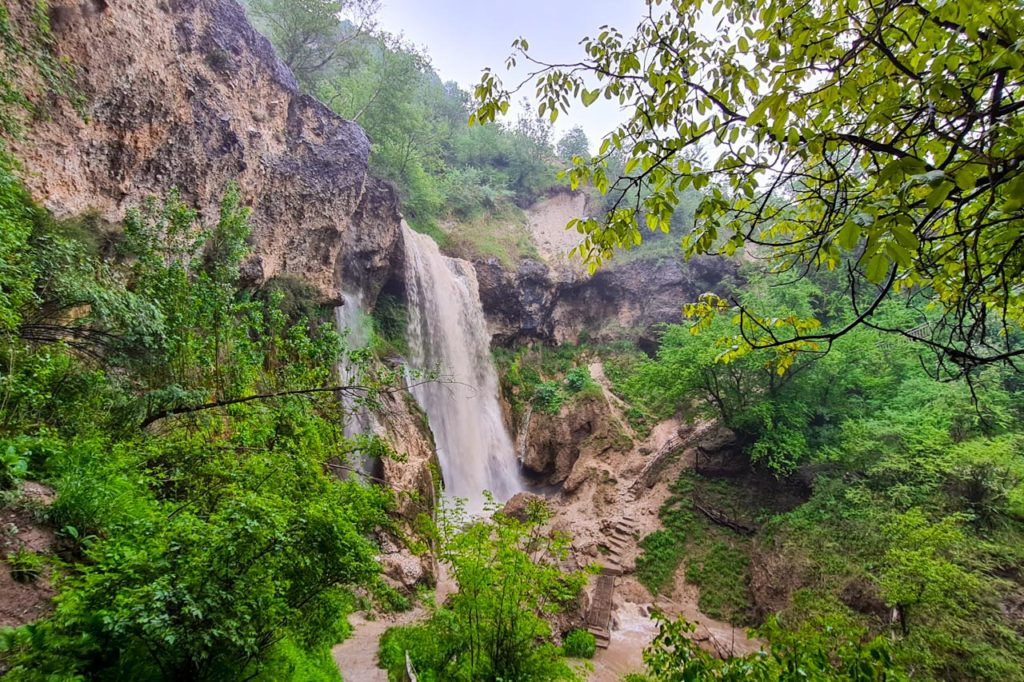
Arslanbob is a picturesque village located in the Jalal-Abad region, renowned for its ancient walnut forests, considered the largest in the world. The village is a great base for exploring the surrounding natural beauty, including waterfalls, rivers, and mountains. Visitors can hike through the walnut groves, experience local culture, and enjoy the hospitality of the village.
Society and Lifestyle
The Kyrgyz people are known for their hospitality and strong sense of community. Family and social ties play a crucial role in daily life, with extended families often living together or in close proximity. Traditional customs and values are highly respected, and many aspects of Kyrgyz culture, such as the epic poem “Manas,” which recounts the adventures of a legendary hero, are still celebrated. The country is predominantly Muslim, with Islam influencing many aspects of life, from dietary practices to holidays and festivals. However, Kyrgyzstan also has a tradition of religious tolerance and secularism.
Language
The official language of Kyrgyzstan is Kyrgyz, a Turkic language that reflects the country’s nomadic heritage. Russian is also widely spoken, a legacy of Kyrgyzstan’s time as part of the Soviet Union. In urban areas and among the younger generation, English is increasingly spoken, especially in business and tourism sectors. The linguistic diversity of Kyrgyzstan is a testament to its complex history and cultural interactions.
Education and Health
Education is highly valued in Kyrgyzstan, and the country has made significant strides in improving its educational system since gaining independence. Primary and secondary education are compulsory, and there are several higher education institutions, including universities and technical colleges. However, the education sector faces challenges such as limited funding and disparities in access between urban and rural areas. The healthcare system has also undergone reforms, aiming to provide better access to medical services and improve overall health outcomes for the population.
Politics and Governance
Kyrgyzstan is a democratic republic with a political system that includes a president, a prime minister, and a unicameral parliament. Since gaining independence from the Soviet Union in 1991, Kyrgyzstan has experienced periods of political instability and transition. The country has made significant progress in establishing democratic institutions and practices, but challenges remain, including corruption and the need for greater political transparency and accountability. International organizations and neighboring countries play a crucial role in supporting Kyrgyzstan’s democratic development.
Top Eight Most Famous Food Of Kyrgyzstan
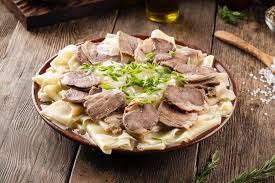

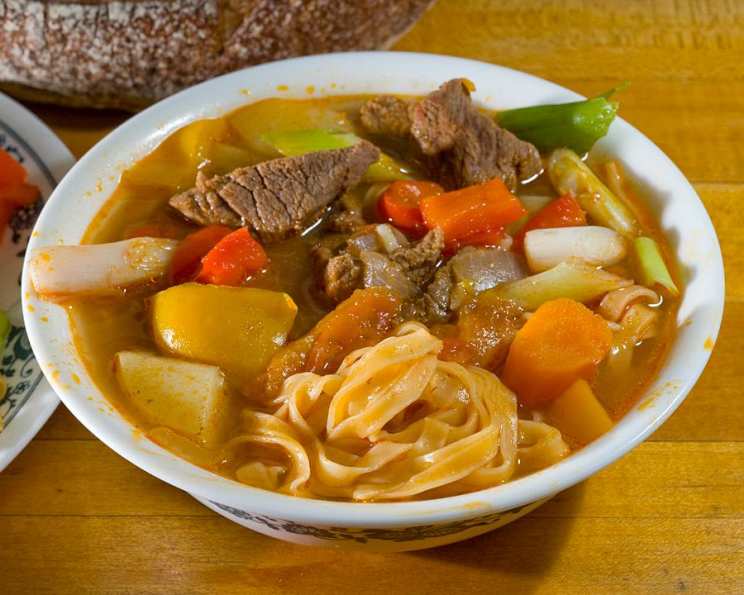





Environmental Issues
Kyrgyzstan’s stunning natural beauty comes with the responsibility of preserving its environment. The country faces several environmental challenges, including deforestation, pollution, and the effects of climate change. Efforts are being made to address these issues through sustainable practices and conservation initiatives. Organizations and local communities are working together to protect Kyrgyzstan’s unique ecosystems and promote environmental awareness.
International Relations
Kyrgyzstan maintains diplomatic relations with numerous countries and is a member of several international organizations, including the United Nations, the Commonwealth of Independent States, and the Shanghai Cooperation Organization. The country’s strategic location makes it an important player in regional politics and trade. Kyrgyzstan seeks to balance its relationships with major powers such as Russia, China, and the United States while fostering cooperation with its Central Asian neighbors.
Future Prospects
Looking ahead, Kyrgyzstan faces both opportunities and challenges. The country’s rich cultural heritage, natural beauty, and strategic location provide a strong foundation for economic development and tourism growth. However, addressing issues such as poverty, political instability, and environmental sustainability will be crucial for Kyrgyzstan’s future. By leveraging its strengths and addressing its challenges, Kyrgyzstan has the potential to achieve greater prosperity and stability.
Conclusion
Kyrgyzstan is a country of remarkable contrasts and enduring traditions. From its towering mountains and serene lakes to its vibrant cities and rich cultural heritage, Kyrgyzstan offers a unique blend of natural beauty and cultural richness. As the country continues to navigate the complexities of modernity while preserving its ancient traditions, it remains a captivating and resilient nation at the heart of Central Asia.
let’s enjoy few years on earth with peace and happiness….✍🏼🙏

